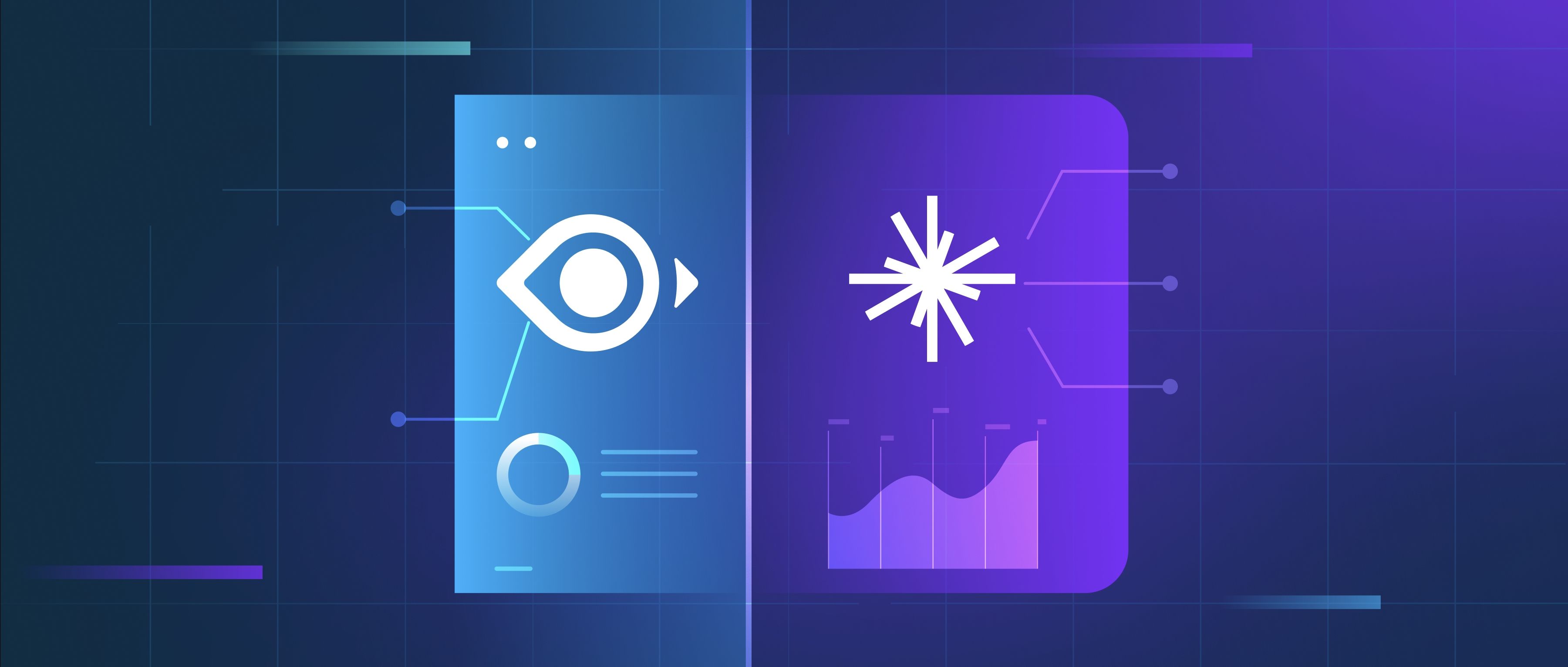Implementing observability in real-time databases involves monitoring and understanding the performance, health, and behavior of the database system as it operates. Observability is crucial to ensure that the database meets application requirements, maintains performance under load, and quickly identifies issues. A well-structured observability setup typically includes logging, metrics collection, and tracing, all of which can help developers diagnose problems and optimize performance.
Start by integrating logging throughout your application and database interactions. Use structured logging to capture information about queries, error messages, and key events. For example, instead of just logging a query execution, include the query details, the execution time, and the user context. This allows you to trace back issues to specific queries or patterns of usage. Many developers use logging frameworks like Log4j or Serilog for this. Additionally, ensure that logs are centralized, making it easier to search and analyze them using tools like ELK Stack or Splunk.
Next, implement metrics collection to keep track of important performance indicators. Monitor metrics such as query response times, error rates, cache hit ratios, and resource usage (CPU and memory). Tools like Prometheus or Datadog can help capture these metrics in real-time. Set up dashboards to visualize this data and create alerts for abnormal conditions, such as increased latencies or error spikes. For instance, if you notice that a specific query is taking longer to execute over time, you can analyze it and make necessary optimizations, such as adding indexes or changing the query strategy. In summary, effective observability in real-time databases comprises well-structured logging, comprehensive metrics collection, and thorough monitoring to ensure that the database continually supports application needs.
